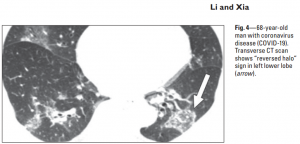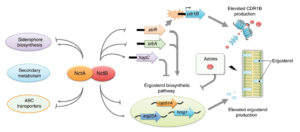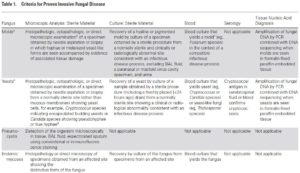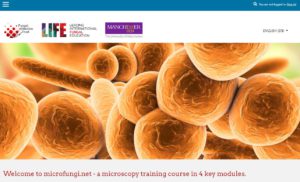Submitted by Aspergillus Administrator on 2 January 2014
Treatment of aspergillosis is a complex entity. In order to successfully treat many fungal infections, treatment regimens must be strictly adhered to in order to improve clinical outcome and decrease risks from resistant strains. The number of available antifungal compounds is low relative to other antimicrobials, despite systemic fungal infections often holding worse prognoses than other infections. Furthermore a number of antifungals can, if improperly given, cause serious side effects.
It is therefore that clinicians can monitor drug levels to ensure that effective concentrations are available in the blood to treatment the infections. This process is called therapeutic drug monitoring (TDM).
Until recently there had been no exhaustive evaluation of the literature regarding TDM for each antifungal drug. The British Society for Medical Mycology recently published a review in the Journal of Antimicrobial Chemotherapy, reviewing the the available literature and providing recommendations for antifungal TDM. The review was conducted according to the GRADE system, which ranks their recommendations alongside the quality of evidence available, and therefore the relative strength of each recommendation.
Amongst the 16 recommendations made within the paper, the authors recommended that the majority of patients taking itraconazole should undergo TDM. The main basis for this was that the absorption of itraconazole into the blood in different people varies significantly, and clinical impact is decreased when levels are too low. This occurs for many reasons, including non-compliance, diet and stomach pH levels at the time of taking the tablet.
The paper benefits laboratory scientists involved in TDM as well as clinicians as it measures the strength of evidence for target concentrations of each antifungal drug.
News archives
-
Title
Date




 ,
,  ,
, 



